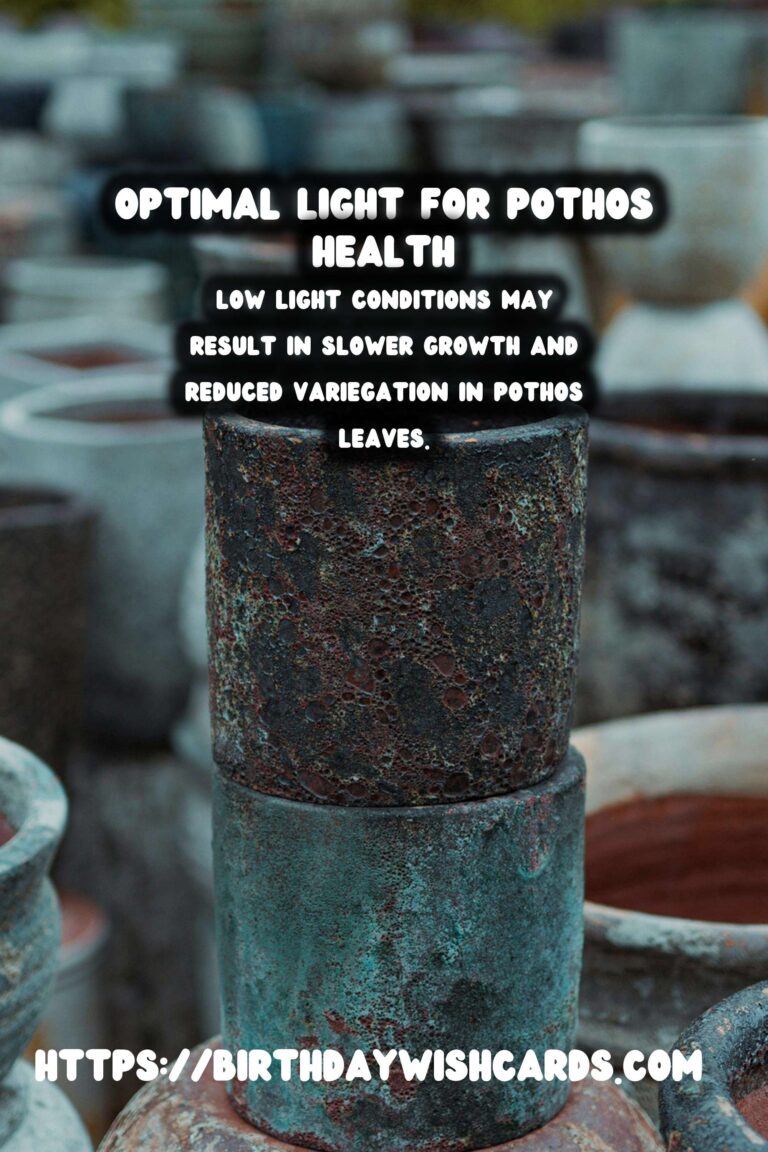
Pothos plants, also known as Epipremnum aureum, are a popular choice for indoor gardening enthusiasts due to their attractive foliage and hardy nature. One of the key factors in maintaining a healthy pothos plant is understanding its lighting needs. In this article, we will delve into the specifics of how light affects pothos plants and how you can ensure your plant receives the optimal amount for growth and vitality.
The Importance of Light for Pothos Plants
Light plays a vital role in the growth and health of pothos plants. As with all plants, pothos rely on light as a primary energy source through the process of photosynthesis. The right amount of light enables them to produce the energy needed for growing new leaves, strengthening stems, and resisting diseases.
Inadequate light can lead to a range of issues, including leggy growth, smaller leaves, and slower overall growth. Conversely, too much direct sunlight can cause leaf burn and damage. Striking the right balance is crucial for thriving pothos plants.
Ideal Lighting Conditions for Pothos Plants
Pothos plants are highly adaptable and can tolerate various lighting conditions, making them suitable for different home environments. However, they thrive in bright, indirect light. Here are some tips for achieving the best lighting conditions for your pothos:
- Bright, Indirect Light: Place your pothos near a window where it can receive plenty of natural light without being exposed directly to the sun’s rays. East or north-facing windows are ideal for providing bright, indirect light.
- Avoid Direct Sunlight: Direct sunlight can scorch the leaves of a pothos plant, leading to brown patches and leaf drop. If your plant is near a window with intense sunlight, consider using sheer curtains to diffuse the light.
- Low Light Tolerance: While pothos can survive in low light, it’s important to note that their growth may slow down, and their leaves might lose some of their variegation. If you notice these signs, consider moving the plant to a brighter spot.
Signs of Light Stress in Pothos
Recognizing signs of light stress is essential for adjusting your pothos plant’s environment. Here are some indicators that your plant may not be receiving the right amount of light:
- Yellowing Leaves: While yellow leaves can be a sign of several issues, insufficient light is a common cause. Evaluate your plant’s position and light exposure if you notice widespread yellowing.
- Leggy Growth: If your pothos plant is growing long stems with few leaves, it may be stretching towards a light source. This usually indicates it needs more light.
- Leaf Burn: Signs of leaf burn, such as brown edges or spots, suggest that the plant is receiving too much direct sunlight.
Adjusting Light for Seasonal Changes
As seasons change, the amount of natural light available indoors can vary. During winter months, when daylight is limited, you may need to move your pothos closer to windows or supplement with artificial lighting. Conversely, in summer, ensure your plant is not exposed to intense midday sun, which can increase the risk of leaf burn.
Using Artificial Light for Pothos
If natural light is insufficient, artificial lighting can be a great alternative. Fluorescent lights or LED grow lights are effective in providing the necessary light spectrum for photosynthesis. Position the lights about 12 inches above the plant for optimal results and aim for around 12-16 hours of light per day.
Conclusion
Understanding the light requirements of pothos plants is essential for any plant owner looking to promote healthy growth and vibrant foliage. By providing your pothos with the right amount of bright, indirect light and monitoring for signs of light stress, you can enjoy a thriving and beautiful indoor plant.
Pothos plants thrive in bright, indirect light but can tolerate a range of lighting conditions. Direct sunlight can damage pothos plants, leading to leaf burn and brown patches. Low light conditions may result in slower growth and reduced variegation in pothos leaves. Artificial lighting can be used to supplement natural light, particularly during the winter months. 
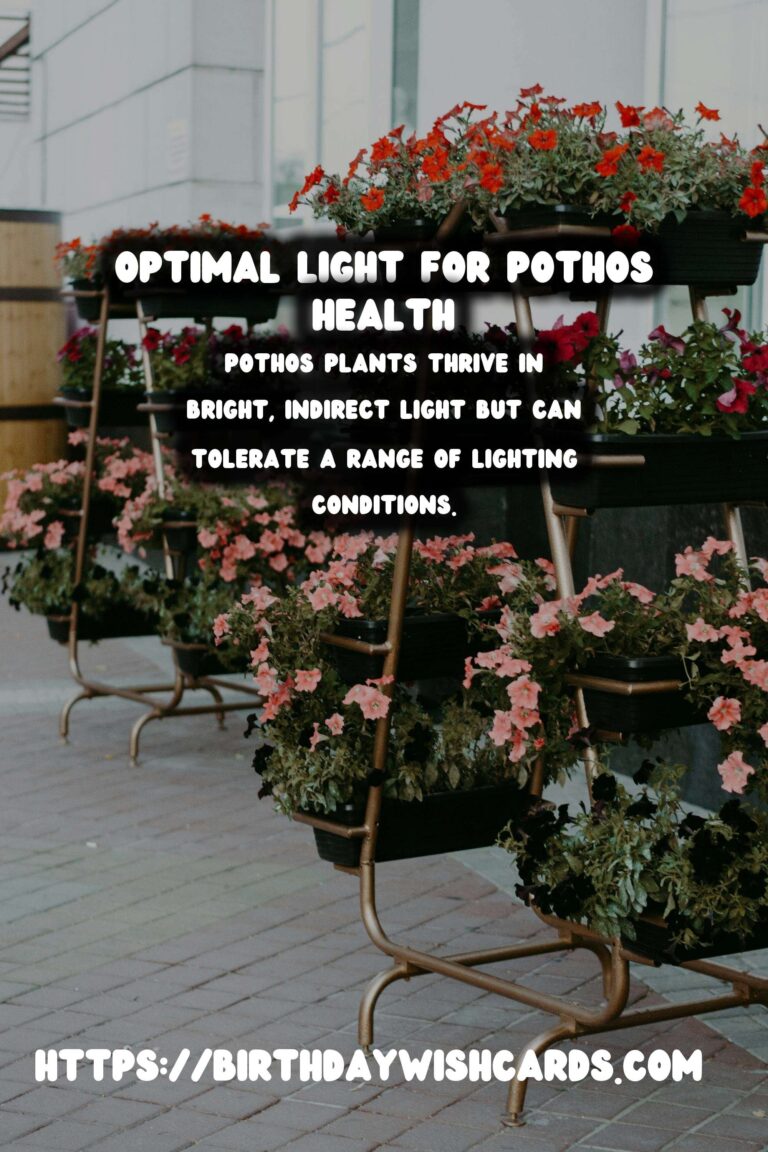
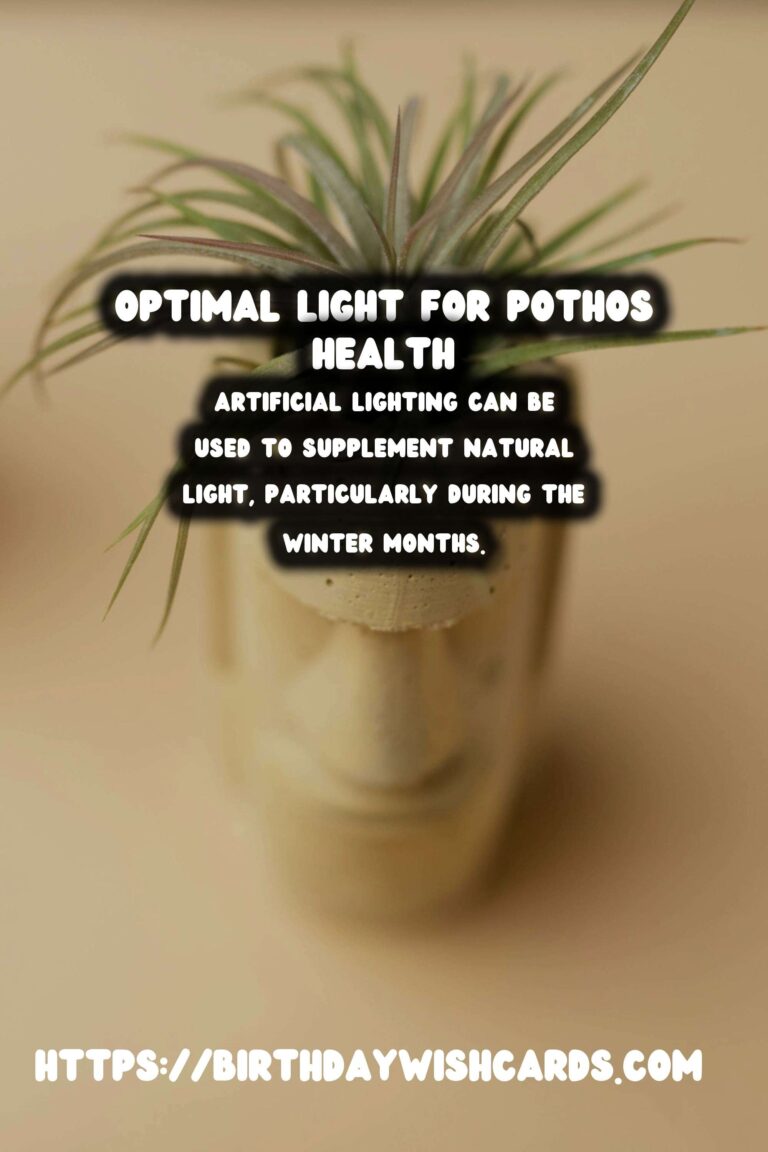
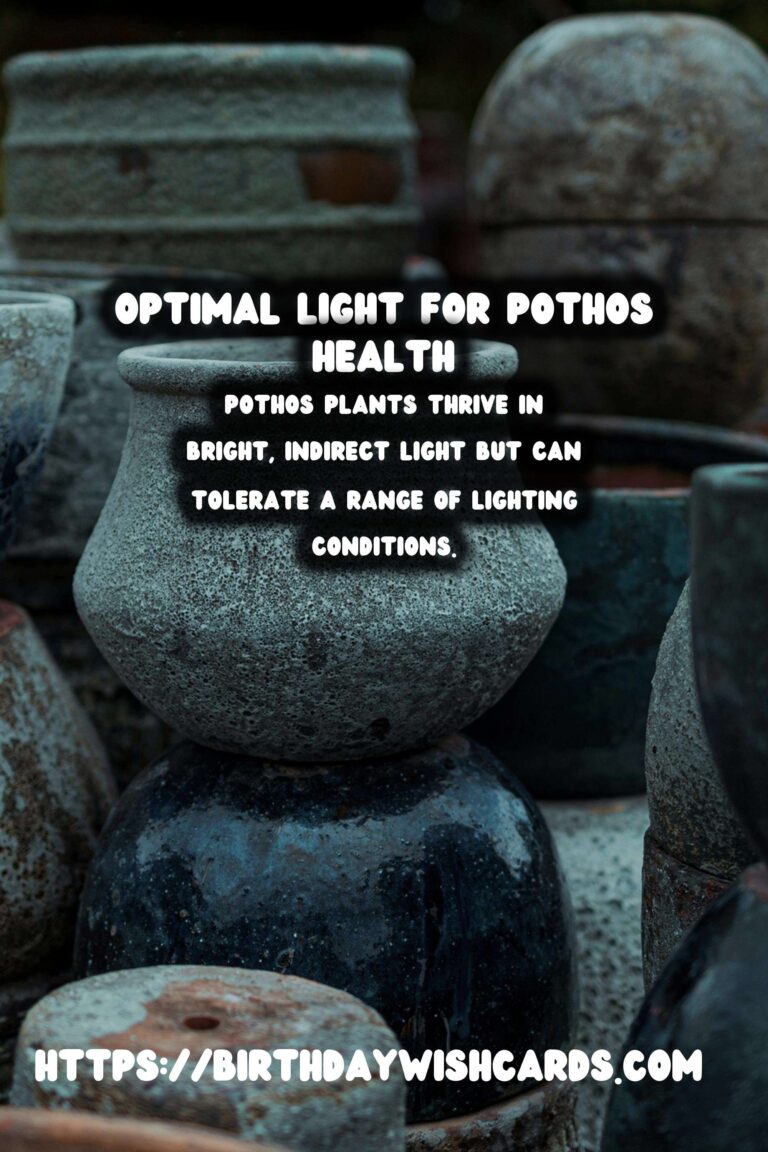
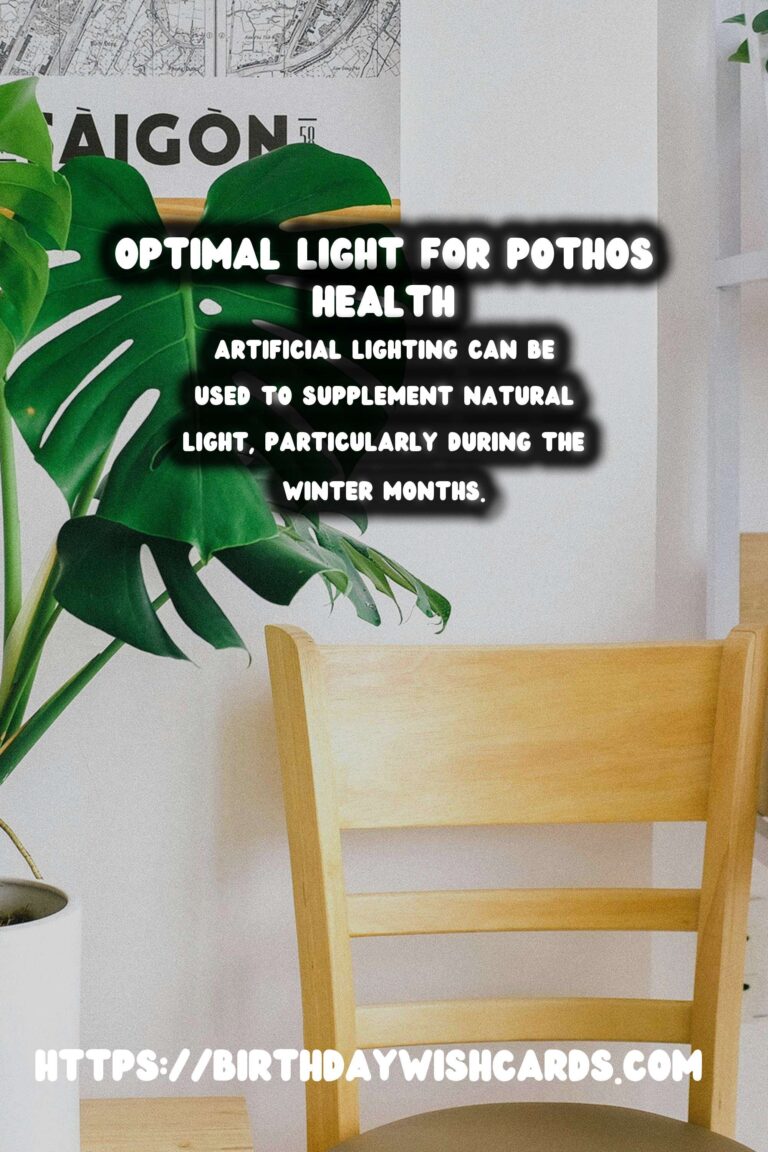
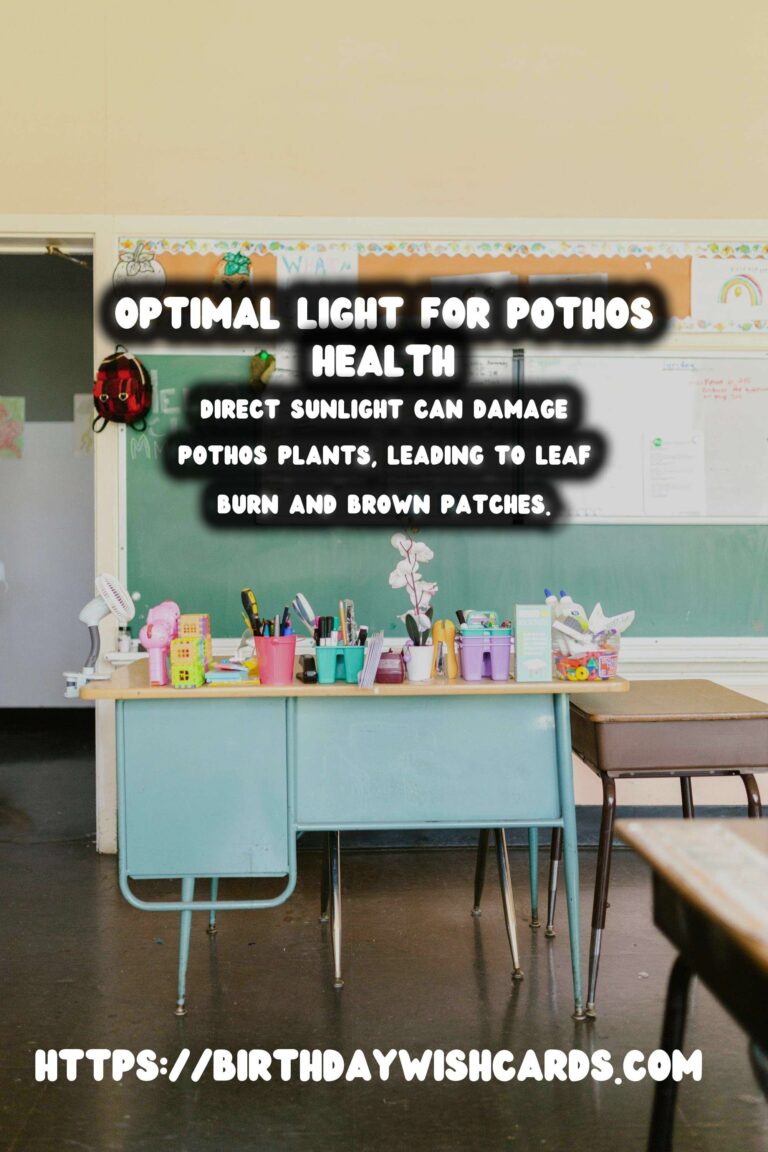
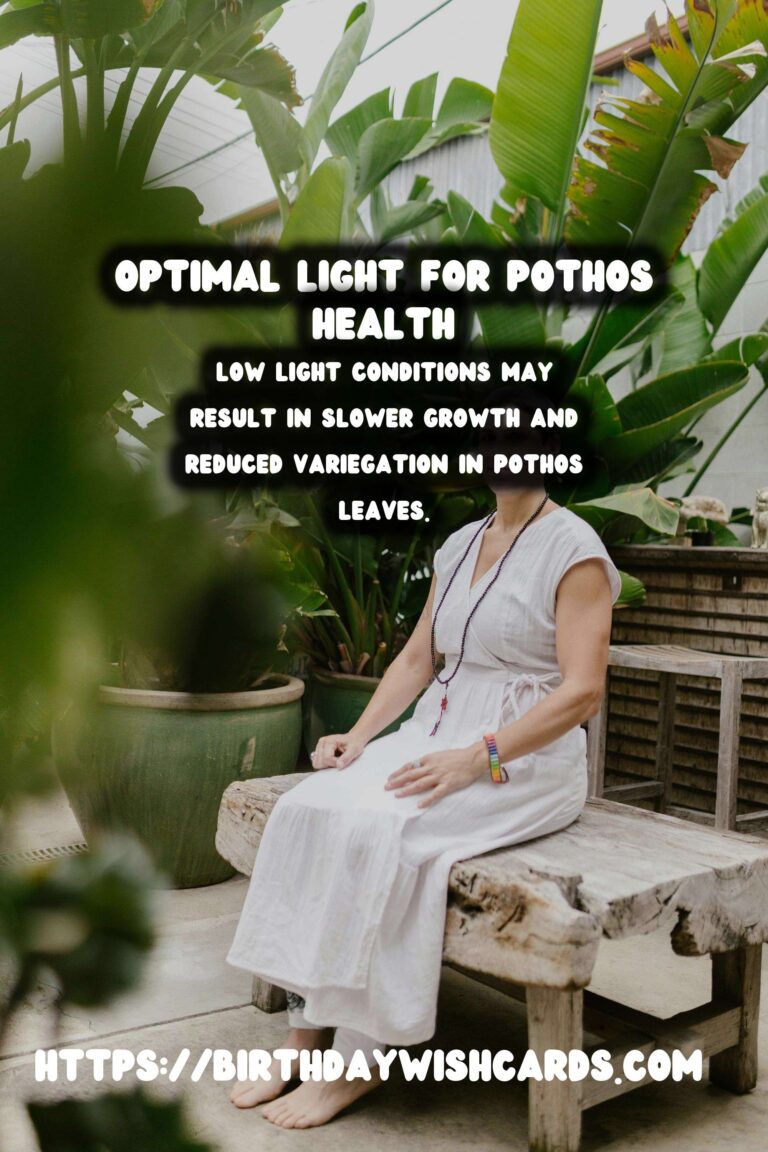
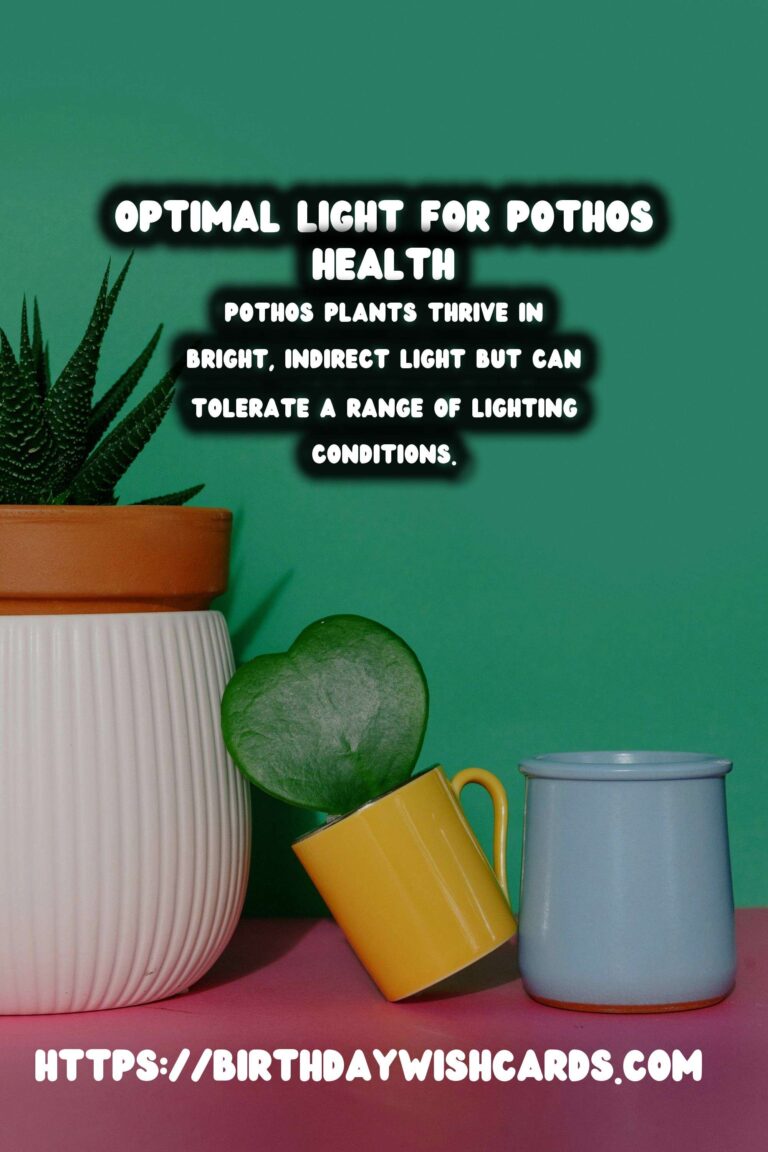
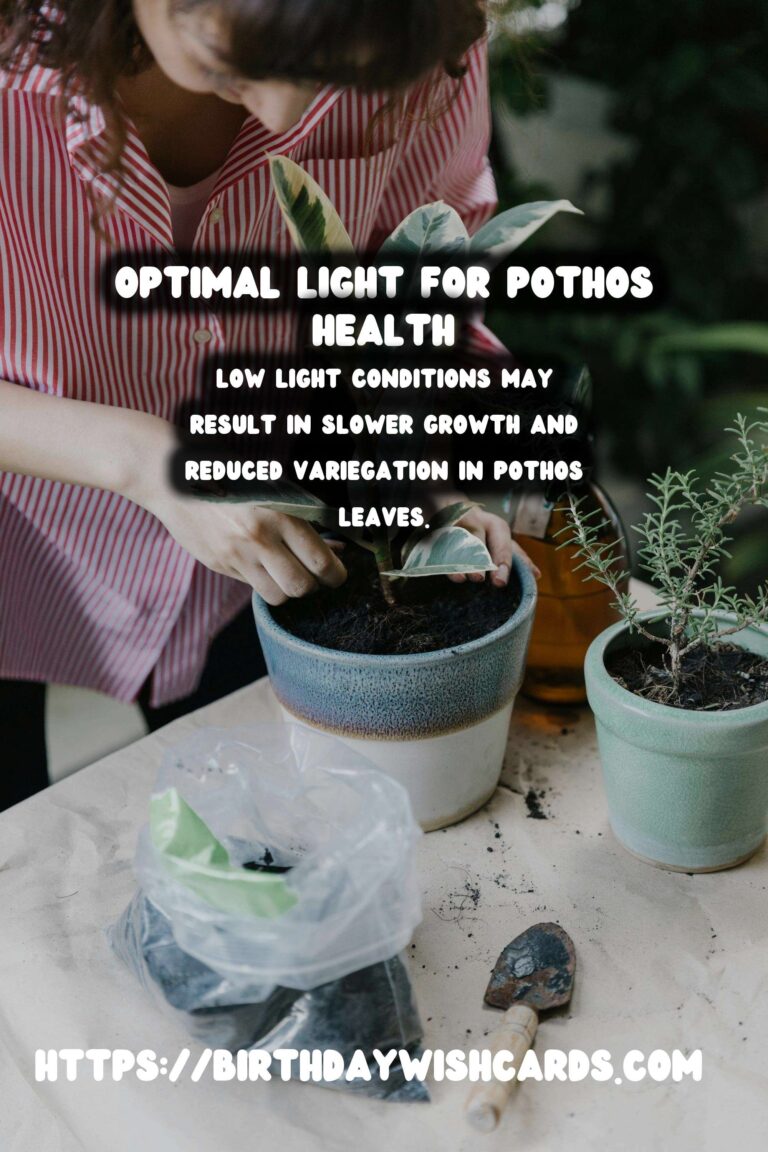
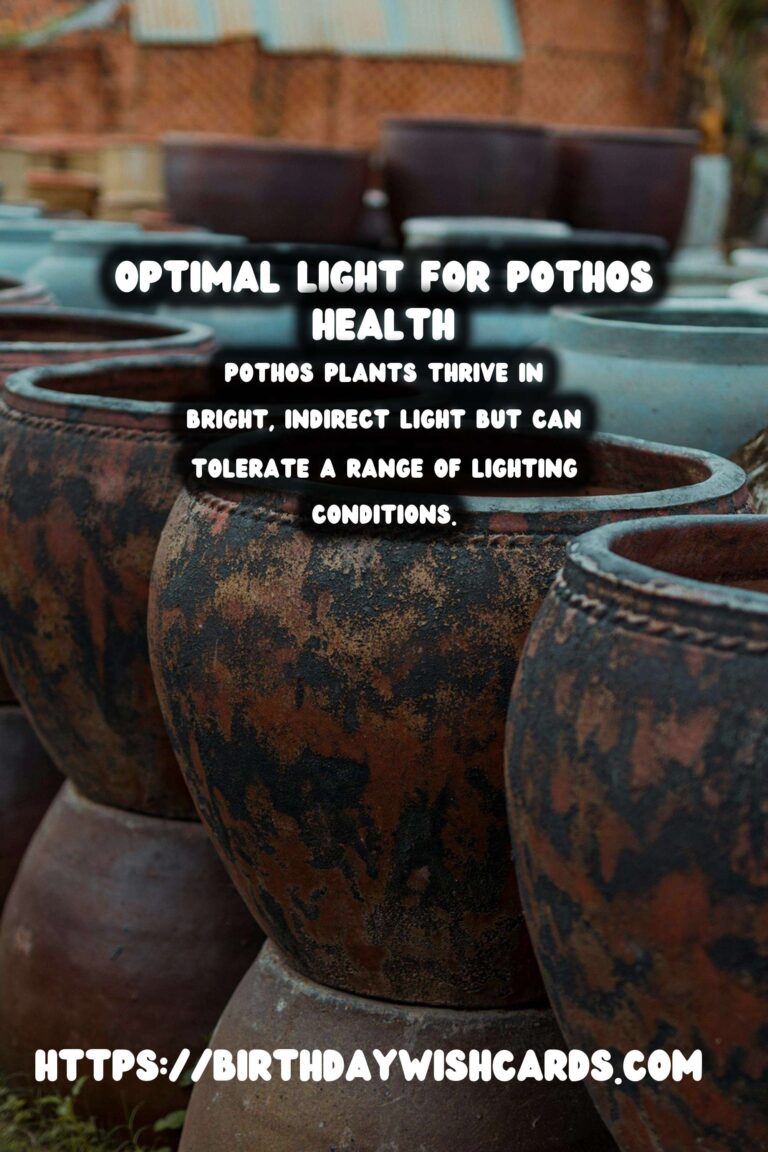
#PothosCare #IndoorPlants #GardeningTips #PlantParenthood




